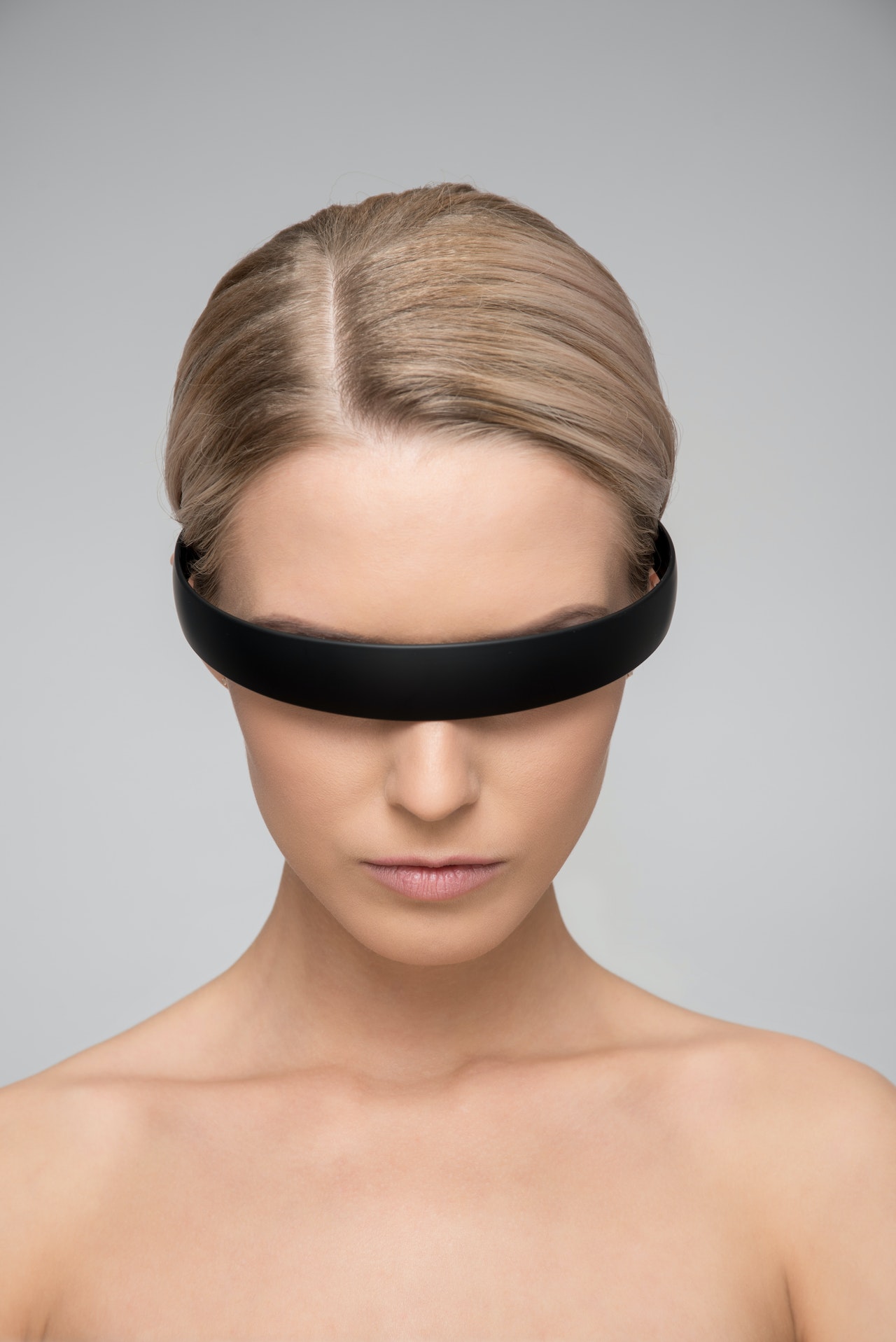Virtual Reality (VR) is no longer just a tool for gaming and entertainment; it’s increasingly becoming a vital component in various industries. From healthcare to automotive, VR is reshaping how businesses operate and how we interact with the world. In this guide, we’ll explore how VR is revolutionizing different sectors and how it’s set to influence the future of work and play.

1. VR in Professional Use: How Businesses Are Utilizing Virtual Reality
Businesses are leveraging VR to streamline operations, enhance training, and create immersive marketing experiences. Here’s how:
Training and Development
- Employee Training: Companies use VR to simulate real-world scenarios, allowing employees to practice skills in a controlled environment. This method is particularly effective for high-risk jobs or complex machinery operation.
- Skill Development: VR provides a platform for hands-on learning without the risks associated with real-life practice.
Client Engagement
- Virtual Tours: Businesses offer virtual tours of their facilities, making it easier for clients to explore and understand their operations from anywhere in the world.
- Product Demos: VR allows customers to experience products in a virtual setting, enhancing their understanding and engagement.
2. How VR is Revolutionizing the Automotive Industry
The automotive industry is at the forefront of VR adoption, using it to enhance design, manufacturing, and sales processes.
Design and Development
- Virtual Prototyping: Car manufacturers use VR to create and test virtual prototypes, speeding up the design process and reducing costs associated with physical prototypes.
- Enhanced Visualization: Engineers and designers can visualize and modify vehicle designs in 3D, improving accuracy and efficiency.
Customer Experience
- Virtual Showrooms: Potential buyers can explore and customize vehicles in a virtual showroom, providing a more engaging and interactive shopping experience.
- Test Drives: VR allows customers to experience a virtual test drive, offering a taste of the driving experience before making a purchase.
3. The Role of VR in Healthcare: Future Possibilities
VR is making significant strides in healthcare, offering innovative solutions for treatment, training, and patient care.
Medical Training
- Surgical Simulations: Medical professionals use VR to practice surgeries and procedures, improving their skills and reducing errors in real-life operations.
- Anatomy Lessons: VR provides detailed, interactive anatomy lessons, enhancing medical education and training.
Patient Care
- Pain Management: VR is used to distract patients during painful procedures, helping manage pain and reduce stress.
- Rehabilitation: Patients undergoing physical therapy use VR exercises to improve their mobility and engagement in the rehabilitation process.
4. How Virtual Reality is Enhancing Remote Work and Collaboration
As remote work becomes more common, VR is offering new ways for teams to collaborate and stay connected.
Virtual Workspaces
- Immersive Meetings: Teams can hold virtual meetings in immersive environments, making remote collaboration more interactive and engaging.
- Shared Workspaces: VR creates shared virtual workspaces where team members can collaborate on projects as if they were physically present.
Enhanced Communication
- Visual Collaboration: VR allows for the visualization of data and models in a shared space, improving understanding and decision-making.
- Social Interaction: VR meetings can include avatars and interactive elements, making remote interactions feel more personal and effective.
5. AR and VR in Education: Benefits and Challenges
Both Augmented Reality (AR) and VR are transforming education by making learning more interactive and immersive.
Benefits
- Engaging Lessons: AR and VR create interactive learning experiences, making complex subjects more understandable and engaging.
- Remote Learning: Students can access virtual classrooms and educational experiences from anywhere, overcoming geographical barriers.
Challenges
- Cost: High-quality AR and VR equipment can be expensive, limiting accessibility for some educational institutions.
- Content Development: Creating effective AR and VR educational content requires significant resources and expertise.
6. Virtual Reality in Real Estate: A Game Changer?
VR is changing the real estate industry by offering innovative ways to explore properties and make decisions.
Virtual Tours
- Property Exploration: Potential buyers can take virtual tours of properties, allowing them to explore homes and commercial spaces without physically visiting them.
- Customization: VR allows buyers to visualize changes and renovations, helping them make more informed decisions.
Marketing
- Enhanced Listings: Real estate listings with VR tours attract more attention and provide a more comprehensive view of properties.
- Interactive Features: Virtual staging and interactive floor plans offer a more engaging way to showcase properties.
7. How AR and VR are Shaping the Future of Retail
AR and VR are revolutionizing the retail sector by enhancing customer experiences and streamlining operations.
Enhanced Shopping Experiences
- Virtual Try-Ons: AR allows customers to try on clothes and accessories virtually, improving the online shopping experience.
- Immersive Stores: VR creates virtual store environments where customers can explore products in a simulated setting.
Operational Efficiency
- Inventory Management: AR assists in inventory management by overlaying information onto physical stock, making it easier to track and manage inventory.
- Staff Training: Retailers use VR to train staff in customer service and store operations, improving service quality and efficiency.
8. The Use of VR for Training and Simulation in the Military
The military uses VR for a variety of training and simulation purposes, offering realistic and immersive experiences.
Combat Training
- Simulation Exercises: VR simulations help soldiers practice combat scenarios, improving their skills and decision-making in a safe environment.
- Mission Planning: VR allows for detailed mission planning and strategy development, enhancing preparedness and effectiveness.
Equipment Familiarization
- Virtual Environments: Soldiers use VR to familiarize themselves with equipment and environments, reducing the learning curve and improving operational readiness.
9. AR in Museums: Enhancing Visitor Experience
Museums are incorporating AR to enhance the visitor experience and make exhibits more interactive.
Interactive Exhibits
- Augmented Displays: AR adds interactive elements to exhibits, providing additional information and engaging experiences for visitors.
- Guided Tours: AR can offer guided tours and contextual information, enriching the educational experience.
Educational Content
- Enhanced Learning: AR enhances learning by providing interactive and immersive content that complements traditional exhibits.
- Accessibility: AR tools make museum content more accessible to diverse audiences, including those with disabilities.
10. VR for Product Design: How Companies are Adopting It
VR is becoming a crucial tool in product design, offering new ways to visualize and develop products.
Virtual Prototyping
- Design Visualization: VR allows designers to create and modify product prototypes in a virtual environment, speeding up the design process and reducing costs.
- Collaborative Design: Teams can work together in a virtual space, making real-time changes and improvements to product designs.
User Testing
- Virtual Testing: Companies use VR to simulate product usage and gather feedback from users, helping to identify and address potential issues before production.
Conclusion
VR and AR technologies are driving innovation across various industries, offering new ways to interact with the world and improve business operations. From enhancing customer experiences to revolutionizing training and design, these technologies are shaping the future of work and play. As VR and AR continue to evolve, we can expect even more exciting developments and applications in the years to come.










